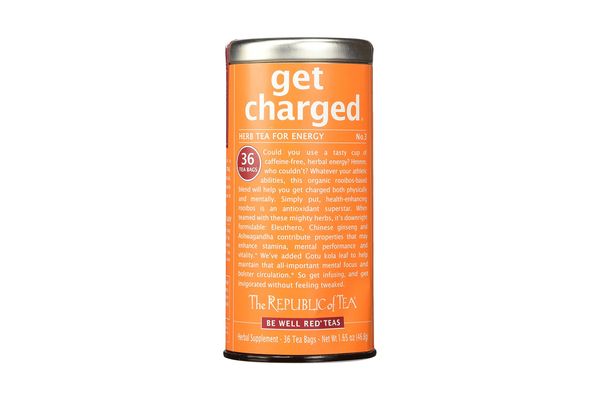
This year’s Met Gala theme — Rei Kawakubo and Comme des Garçons — got us thinking: There’s such great Japanese-made stuff worth knowing about (much of it that we’ve even written about before), so why not take the occasion to go really big on Japan? From the meticulously crafted to the intuitively designed to the wonderfully weird, welcome to Made in Japan Week on the Strategist. Below, Maiko Kyogoku, owner of Bessou, an East Village restaurant that serves modern Japanese comfort food, muses on her beloved teapot.
I’ve been using this teapot for my morning cup of green tea for many years now. Most Japanese teapots are meant for ceremonies, so functionality is not a concern. They’re fragile, ornately decorated, and have these thin, awkward handles. They are not for everyday use. I fell in love with the Hario Chacha Kyusu Maru Tea Pot because it combines the beauty of Japanese design with actual function.
First, the handle: Unlike those traditional teapots, you are not straining to hold it, or pinching the handle. This one is designed with a really wide handle, so you can grip it comfortably. It also looks very delicate, but it’s dishwasher safe. I’ve had it for many years, and it hasn’t even chipped once.
The clear design is not at all common in Japan, or with teapots in general, but I love how Danish minimalist it looks. You can see through the pot, into what’s happening in the brewing process as the water changes color — to be able to see that is really unique and beautiful. That’s actually a big part of Japanese design — to appreciate the process of things.
Even the strainer is perfect. I was having such a hard time finding a tea-brewing device with the right-size mesh. I used those spoon-looking devices that clamp together like clamshells, but those have really big holes, and the tea leaves fall out. Plus, they are messy in terms of cleanup. This one has a fine mesh sieve that brews the tea super cleanly, and when you are done, you just tap it against the garbage and the tea leaves will come out. You can even take the mesh out altogether, so the tea leaves aren’t sitting there and over-brewing the tea.
It’s not that expensive, but looks really elegant. It’s one of those teapots that is meant to be showcased at the center of your table, whether you are having your morning cup for one or serving tea at the end of a party. — As told to Priya Krishna
“As far as liquid essentials go, I do not drink alcohol, but I couldn’t face the day without genmaicha tea. Unlike regular green tea or even matcha (which is the ground-up leaves), genmaicha includes toasted brown rice for an additional aroma — it has a lovely, nutty taste. I picked up the habit while working a bit in Japan. Arigato.” — Simon Doonan
“I don’t drink this one every day, but if I do need a burst of energy (if I’m going to take a spin class, or if I have a big meeting), Get Charged just really gets me a boost of energy. The only thing is, when I drink it, some people think I’m moving too quickly. If I’m at spin class, I’ll be like a beat ahead.” — Jane Pratt
“It’s so chic and easy to use that I went and got one for my place in New York, and for my office, and one for every studio I work in. I love, love, love, love coffee, but lately it’s been getting to be too much acid in my stomach, so I do tea more now.” — RuPaul
The Strategist is designed to surface the most useful, expert recommendations for things to buy across the vast e-commerce landscape. Some of our latest conquests include the best dining room decor items, coffee makers, knife sets, Japanese coffee brewer, charcoal water filter, and drinking glasses for water and more. We update links when possible, but note that deals can expire and all prices are subject to change.
Every editorial product is independently selected. If you buy something through our links, New York may earn an affiliate commission.









